Supply chain mapping tools provide relevant information to help companies develop strong and trusted relationships with suppliers and customers, leading to better business results.
Supply chain logistics are constantly changing, which is a big headache for most companies. An important lesson from previous years is that most brands are unprepared for major disruptions like the one we lived during the pandemic.
Since 2020, the supply chain has faced problems like material shortages, price fluctuations, delays in fulfillment caused by suppliers and distributors, port congestions, and shutdowns due to sanitary and political situations.
On the other hand, consumers are adding more problems by demanding shorter delivery times, more product accessibility, and a better brand experience.
Understanding the concept of supply chain mapping tools
Some companies may not know it, but there’s a sea of information around them with crucial insights that can help them overcome these times of uncertainty and take advantage of them.
Supply chain mapping tools analyze datasets containing relevant information about the financial, logistic, legal, and business relations between a specific brand, and all the companies involved in their supply chain process (including the private ones, that do not have to disclose relevant details about their operations).
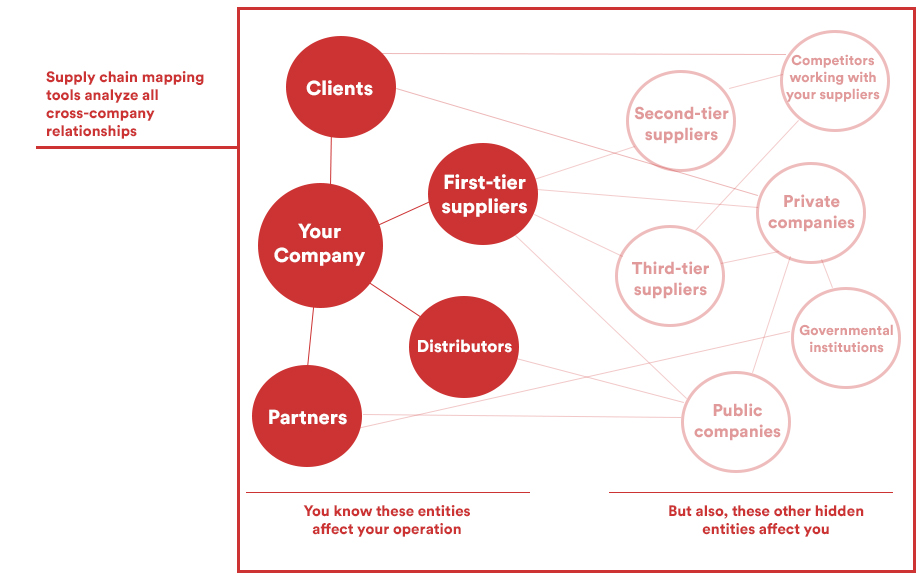
You may also like to read: The importance of analyzing cross-company relationships
Some use cases of supply mapping tools are:
- Identify and infer relationships and connections between specific companies, facilities, and sectors/industries.
- Visualize and map an entire supply chain network.
- Trace products in any distribution or supply chain.
- Risk modeling and risk transfer.
- Correlation analytics and disruption analysis.
- Analysis of illicit networks and tracking of illegal use of corporate assets.
- Supply chain risk management.
- Identification of second and third-tier suppliers.
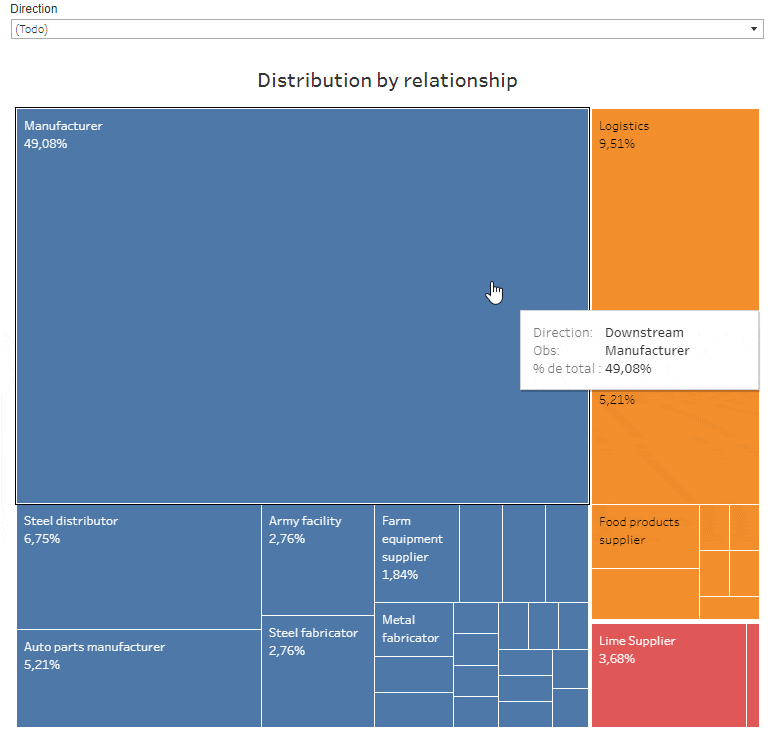
Which are some of the main benefits of using supply chain mapping tools?
Supply chain mapping tools help companies analyze downstream and upstream operations to answer questions like: Are my suppliers also working with my competitors? Who are the wholesalers of a specific company? Who are the distributors my competitors are working with?
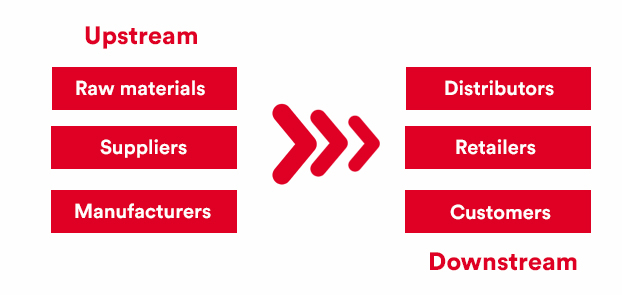
The more connections a company is able to analyze, the more insights they can have to detect internal problems and possible threats, external obstacles and new market opportunities.
Better restructuration
New challenges bring new ways of doing things. One benefit of these tools is that they allow companies to identify what’s working and what’s not. By mapping their supply chain, managers can have all the information necessary to decide how and when to change players inside the operation and reduce the risk it conveys.
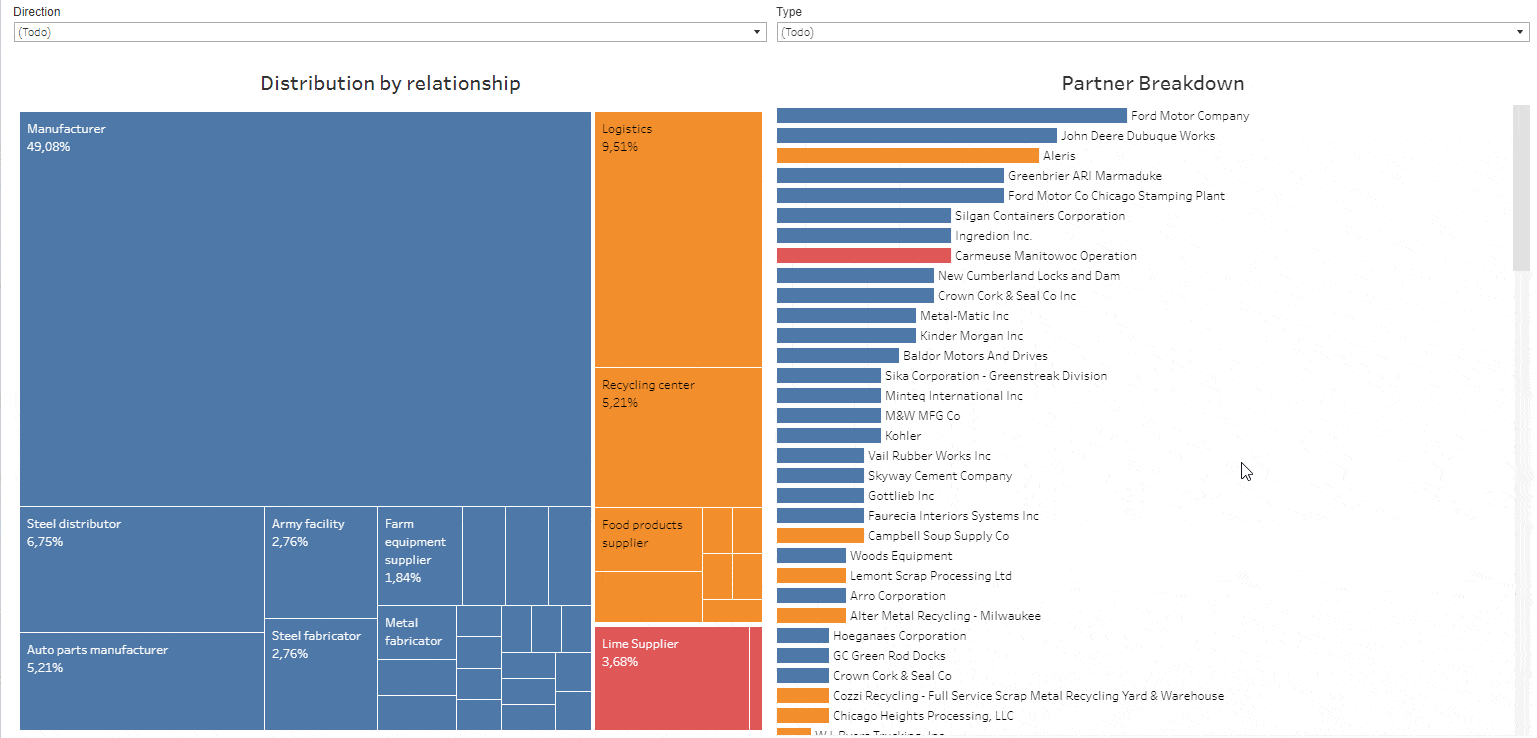
For example, some of your suppliers could be working with a competitor or could be involved in a legal or financial problem. Situations like this are why many companies lose money and clients without knowing.
Anticipate supply chain issues and disruptions
Probably the two main nightmares of every product brand manager right now are running out of inventory and being unable to fulfill clients’ expectations. A company can anticipate possible issues throughout the whole supply chain operation by having all the information about their first, second, and third-tier suppliers.

Diversify suppliers options
For some companies, the best option right now is to develop a relationship with different suppliers to better adjust to changes in market demand. A backup can be a good idea if the leading supplier cannot get the work done.
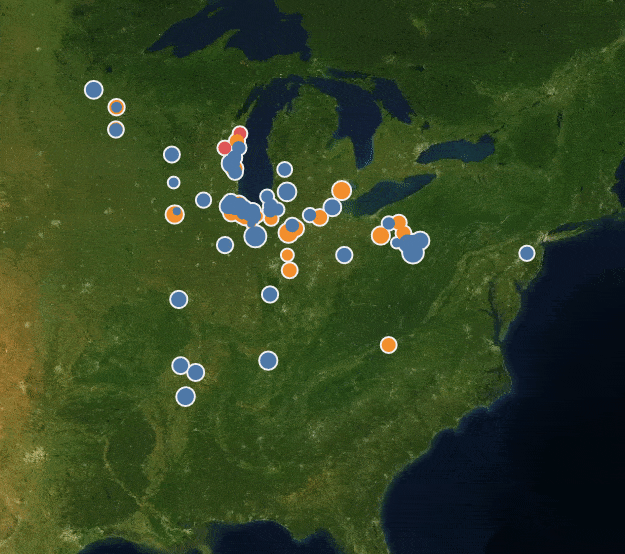
Improve the balance between inventory and customer demand
There’s a fine line between keeping healthy inventory levels and preparing for any demand eventuality. Forecasts decisions can be more precise when mapping data is added.
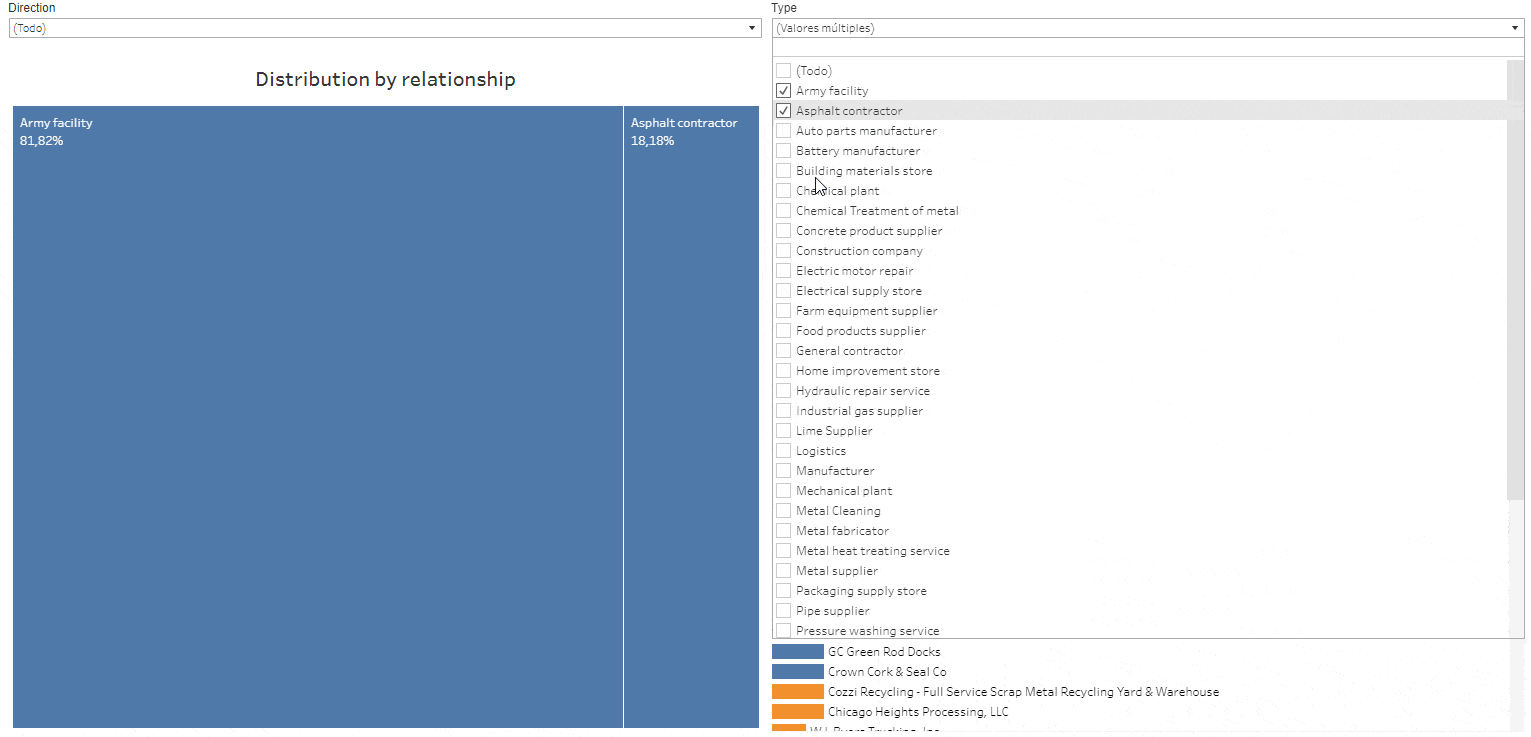
Analyze the competitors’ business connections
Analyzing the business environment of the competition can be time-consuming, especially when we’re talking about big companies. Many supply chains can be so complex that they involve several entities not legally required to disclose any information.

Fortunately, market mapping tools can get a complete picture of all business connections.
How to use supply chain mapping tools?
Companies need to turn to data in these times of economic uncertainty and constant changes. The more information decision-makers have, the better decisions they can make. Supply chain mapping tools offer detailed insights no other solution can get. That’s why at PREDIK Data-Driven, we have developed a precise methodology that consists of:
1) Identify all the sources of external and internal information.
2) Evaluate and analyze each data piece from all entities involved.
3) Determine correlations and patterns found between those entities.
4) Visualize and classify first, second, and third tiers relations.




